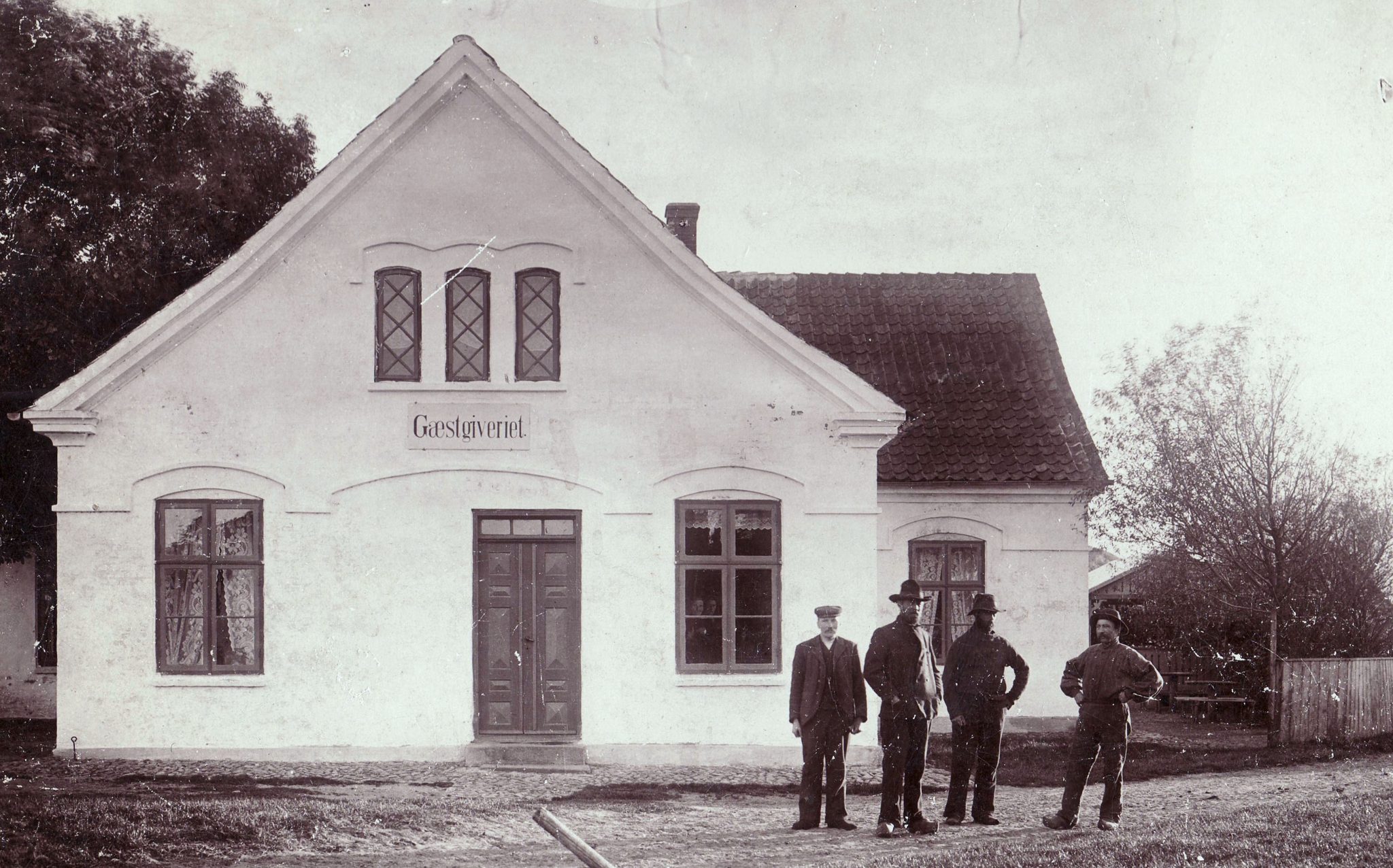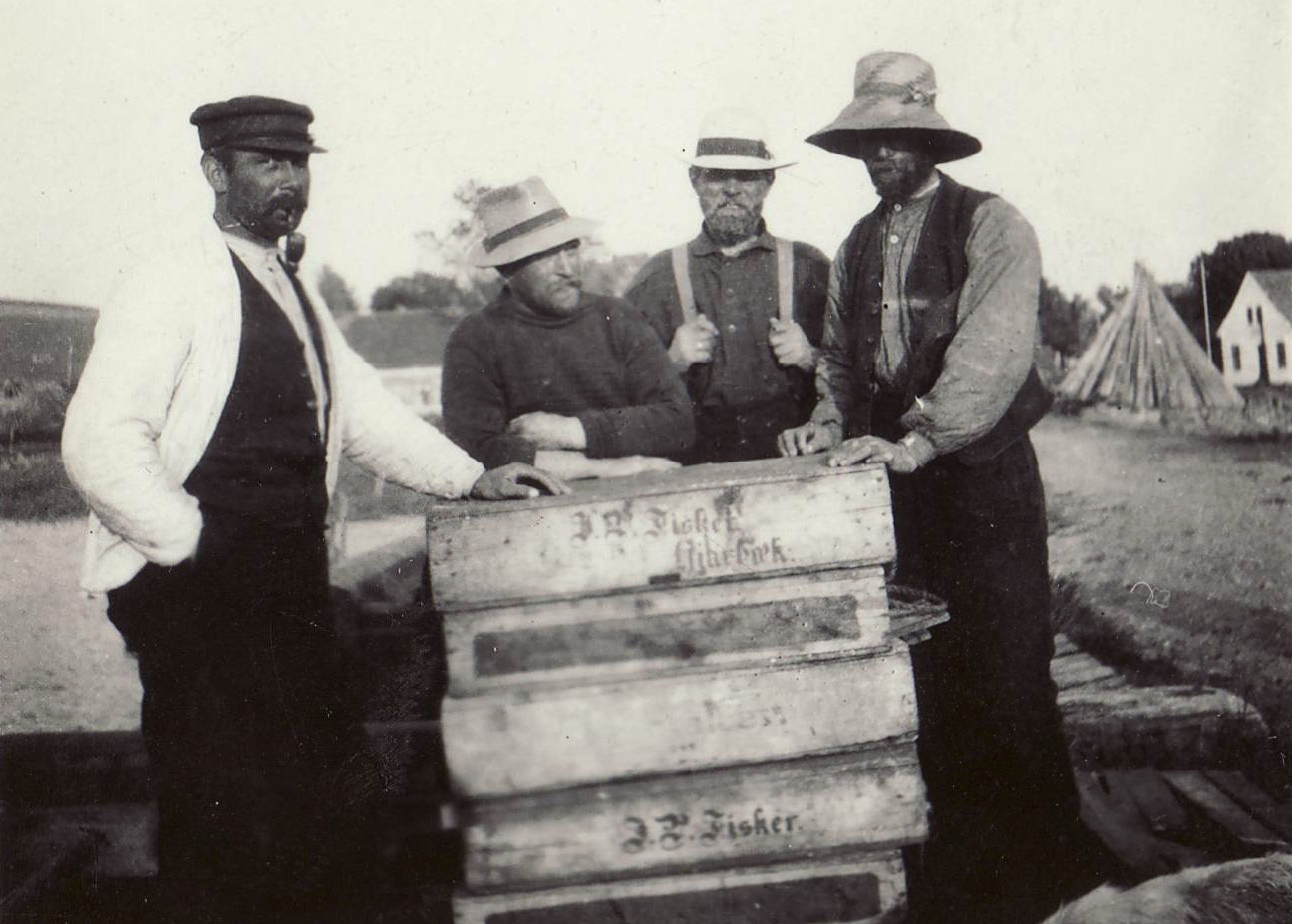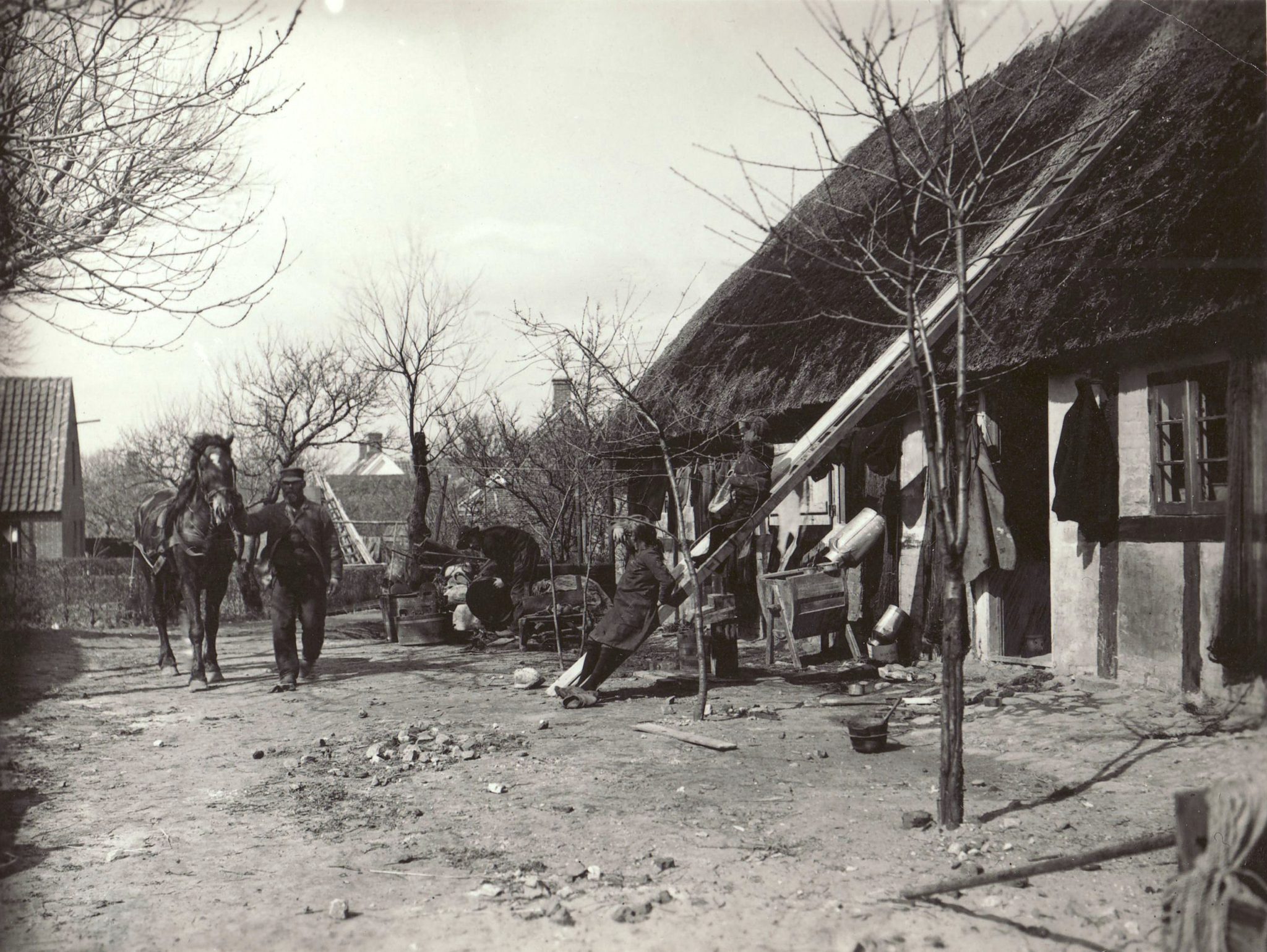Hjarbæk is currently characterized by modern pleasure craft, but again it was a thriving little port with pier, port workers and customs station. Shipping on the site dates back to the Middle Ages, which include. salt the shoots from Læsø put in and unloaded. In the mid-1400s mentioned the place as one of the fjord few legal ports.
I 1851 inaugurated the current port under the fine name Viborg Municipality Harbor, and eventually came even a small home fleet of nine vessels. They transported primarily goods between Limfjord towns, but some also sailed to England and Norway.
To state could get his share, was built in Toldboden 1850. It is the current Hjarbæk Kro, which has been housed here since 1894. Before that time, there were high school, as there was in other words not need customs booth for so long. In small ten years went well for the port, but construction of the Jutland cross web in 1863 ended the race. I 1869 were sold customs station, and a year later settled the municipality's past activities on the site.
Gæstgiveriet, Today Hjarbæk Kro.
The port must waste not quite go, but was used by fishermen and krejlere. Krejlerne moved in flat-bottomed Kåge around the fjord and faldbød their goods in small and large markets. From Hjarbæk Fjord was particularly concerned Jutland pottery from Fjends and wooden products such as. clogs and car parts from the major Lindum and Bigum woods at Tjele. Brick could be delivered by small brickworks at Fiskbæk river and stream Skals.
Fishermen in the port.
Hjarbækvej.
From Vorde gallows there is an excellent view over the fjord. Here hanged the evildoers, who had been sentenced to death on Vorde birch things, which until 1680 was held at the church. The mound is also known as beacon, a name from the time, as it signaled by lighting flares (bavne) the high points. Bavnehøj gave its name to the Grundtvigian public meetings, beacon meetings, held here from 1916 to 1963. The place, a natural amphitheater, is on the right, when following the forest road towards the fjord. Vorde church is beautifully situated on the south side of the hill. It is a Romanesque church with a beautiful Renaissance board, originally stood in the now demolished Nørre Parish Church in Viborg.


